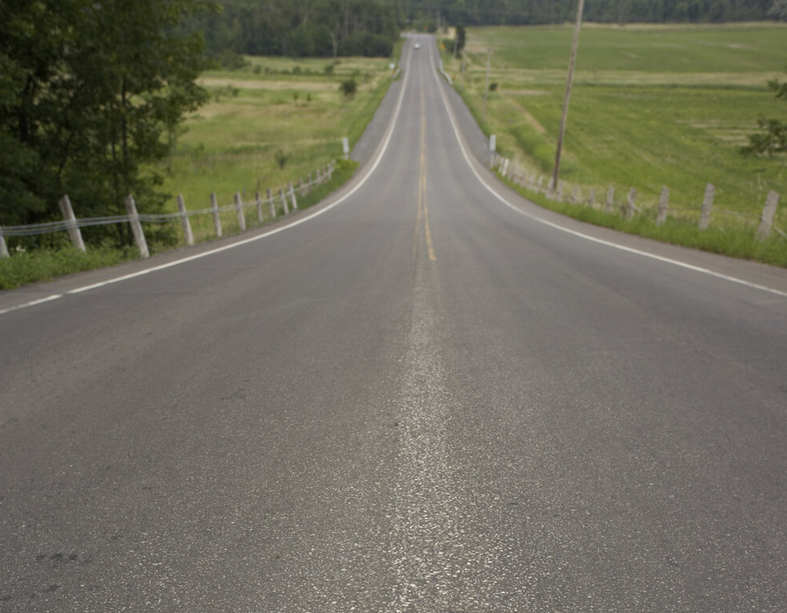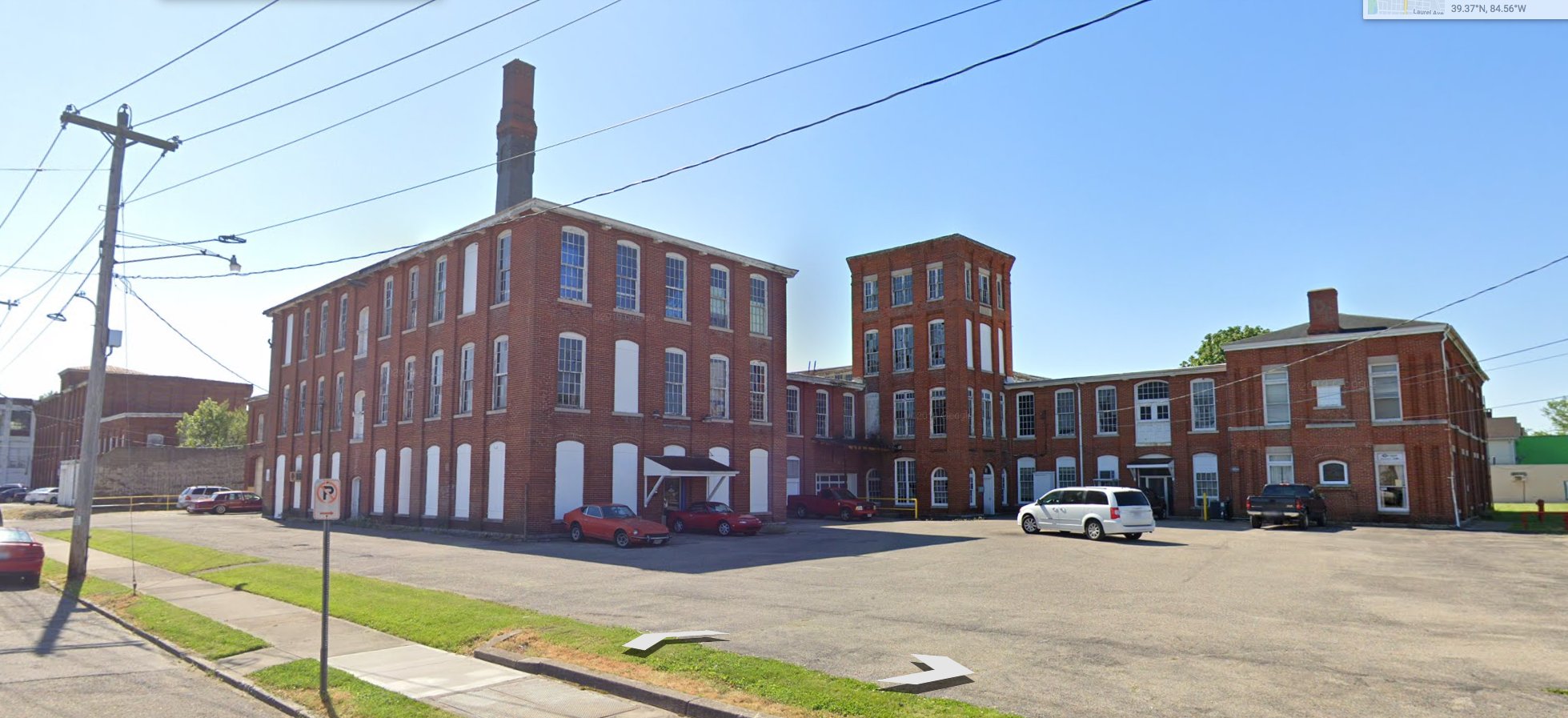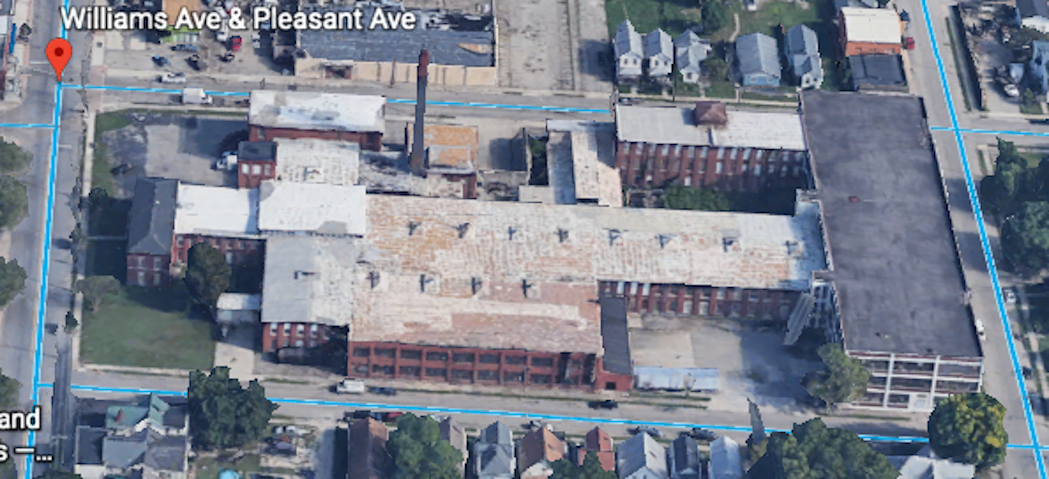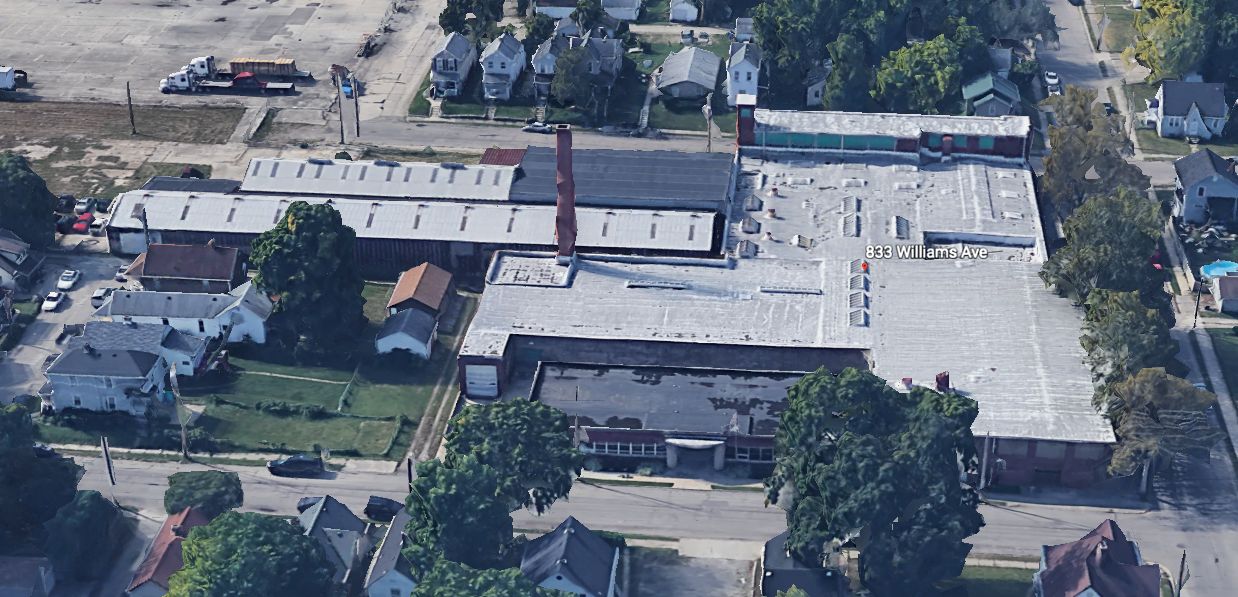Benninghofen Legacy
Benninghofen Legacy
Let’s travel back in time and look at some of my history by exploring John William Benninghofen, our family’s United States patriarch. In this case, it’s history about his family as it was in 1848. The important point about history in this context is that it connects me to my family, at least at one level.
A journey toward your future…
I am interested in learning more about him because of my strong interest in small business - he created a number of small businesses which became popular. It also reminds me of our humble beginnings which started in eastern Europe.
It Started Long Ago…
The Benninghofen legacy began in the 1400s in Europe. Our great uncle Paul Benninghofen commissioned a family history research project in the 1920s where a diagram was created which showed the family beginnings, in color and German. The mailer tube which contained the diagram still has the stamps used to ship the diagram from Germany, circa 1920.
John William Benninghofen
(Special Note) I had one of my high-school friend’s mother interpret the diagram because she was a German teacher. And also, in 1990, our cousin in Joan Zellner and my older brother Chris Benninghofen organized a family reunion in Hamilton, Ohio. They copied the historical diagram mentioned and during a family luncheon, gave them to about 100 descendants across three different Benninghofen families.
It was the last time the 5 remaining Benninghofen men from our parents and uncle would be together: Mark Benninghofen deceased, Jack Benninghofen deceased, Bill Benninghofen deceased, Chris Benninghofen deceased, and me.
In addition, we were given a copy of the local Hamilton telephone book: the front cover contained a photograph of our great great uncle Paul’s home. We used to attend an annual Christmas Eve gathering which included a family dinner, and opening Christmas presents. I actually was allowed to play Santa Claus in my senior year of high school where I handed out the Christmas gifts to everyone.
Image Background
The image we refer to as “Pursuing Family History”, represents delving into the past – much like the young fellow in a museum studying various ancient artifacts. We suggest doing the same with your own family history because you will likely learn something about your family that you didn’t know.
You may learn about their legacy, but the most important learning is how it affects you today: what are you made of and what do you believe about yourself?
The Southern US Entry Route
But, let’s pick-up with our patriarch John W Benninghofen who brought his family to America in 1848 traveling from Wuelfrath, Prussia. He entered the country via the southern route into New Orleans, traveling first to Cincinnati, then finally landing in Hamilton, Ohio.
Why might this be important to anyone?
History is Important For Many Reasons
In this very personal context, history is important because answering questions about our family’s journey can help with our own journey. Also, I have learned that defining a purposeful destination for oneself (i.e. this came from doing this with customers and clients) can help in making sure that our compass is leading us correctly – some call this moving toward our north star (i.e. thank you, Caitlin Miller, for helping me understand this).
It does help us to know:
Where we came from,
What we are made of,
The people in our past, and
This sometimes helps to guide us in where we are going, especially when the road gets lumpy and bumpy.
Entrepreneurial Leadership
As time goes forward, I will write more about my exposure to leadership ideas and foundation principles gained from our family, both men, and women.
So, I invite you to stay tuned because I will likely publish the personal experiences in our learning how to be different articles (i.e. this link connects to a piece on being believable with your word).
I was interested in connecting my own current business experiences and interests to my family history because we have a deep business background. On the way toward understanding my past, I have included some specific references to our family businesses along with those companies that the family invested; accompanying links to their recorded memories are present were available too.
Here is a shortlist of companies …
The First National Bank of Ohio – original investors & leadership participants
Ohio Casualty Life Insurance Company – original investors – my god-father was the CEO, then the Chairman of the board before his retirement.
Shuler and Benninghofen (SAB) – manufactured felts for paper-making and woolen blankets. My great great uncle Paul had been the CEO for years, but my uncle John took the reigns during my childhood.
Krauth and Benninghofen (KAB)- manufactured musical instrument stands. A family member from my great great uncle’s daughter was the CEO.
The Hamilton Autographic Register (THAR) – printer manufacturer of retail sales register machines and receipt forms: typically handwritten receipts which were given to the buyer. This business was established by John W. Benninghofen in 1887, later to be run by his sons Christian Benninghofen, president and Peter Benninghofen, secretary. Fast forward to the 1900s when our father Robert Powell Benninghofen was the president/CEO until it’s the sale to Acme Datagraphic Business Systems in New Jersey in 1969.
C. Benninghofen & Sons (CBS) – provided machinery design, implementation, and repairs for all manufacturing equipment across the Benninghofen businesses.
(Special Notation) The Shuler & Benninghofen (SAB) woolen mill and The Hamilton Autographic Register (THAR) buildings were constructed in the late 1800s. SAB celebrated the hundredth anniversary in 1958 before closing its doors in 1967. The “Woolen Mill” of SAB took an entire block and still stands today. The Woolen Mill has been acquired and will be the site of new construction for apartments and retail space.
The Shuler & Benninghofen Woolen Mill Front Office Street View, Pleasant and Williams Ave., Hamilton, Ohio
The Shuler & Benninghofen Woolen Mill East Side Sky View, Pleasant and Williams Ave., Hamilton, Ohio
The Shuler & Benninghofen Woolen Mill South Side Sky View, Pleasant and Williams Ave., Hamilton, Ohio
Trek into the Past with a Building Tour of THAR
Our older brother Chris Benninghofen (i.e., THAR company controller after graduating from Kent State) arranged a tour of The Hamilton Autographic Register building in 2004 with the current owner, John Smith, one of the founders of J & J Tire. With John Smith’s guidance Chris, my middle brother Bill, and me walked the entire building from the basement to the second story. John purchased the property and had become a history buff on all the particulars of the complex and its uses: a very gracious man.
We had taken photographs of this walk-through tour, but we are still in the process of recovering them from a crashed 250GB external backup drive: someday when we get to it…
Via Google Earth, we have included some recent pictures below…
The Hamilton Autographic Register Front Sky View - 833 Williams Avenue, Hamilton, Ohio
The Hamilton Autographic Register Corner View from 833 Wiliams Ave., Hamilton, Ohio
What we found during the tour was amazing:
timbers in the basement craved with the date of 1860 something;
a view at our great uncle Paul’s executive office, private bathroom, a cot for afternoon naps, secretary office, et al;
a still-working elevator of more than 100 years old – amazing engineering;
a sub-office-floor individual subway roller car to address below floor cables and wiring (created pre-1940’s – more amazing stuff from CBS);
three safe-vaults, which still contained records, reports and really meticulously prepared employee time-cards from the 1860’s – civil war stuff: clear-as-a-bell script!!!;
boilers which provided hot water for the facility – you could literally climb into for cleaning;
a bell ringing system which called for the fork-lift operator to delivery new paper rolls to the printing presses: like Pavlov’s dog I began to salivate when I heard this – it was one of my summer jobs for me;
the composing-room where rubber printing press plates were created/inspected for the continuous printing applications. I worked in this Ohio summer high-heat-humidity with baking ovens that brought the temperature over 100 degrees here too. This job, of course, was immediately after I crashed a five-high-paper-roll-stack in the warehouse, where I had used my new found fork-lifting-bending-crashing skills on my way to a major inventory-loss-write-off. Siberia might have been better but I doubt it – consequences – oh boy.
The Hamilton Autographic Register Back Sky View…
The Hamilton Autographic Register Front Street View, 833 Williams Ave., Hamilton, Ohio
Historical Landmark
Our great aunt Pauline Benninghofen, daughter of our great uncle Paul Benninghofen, donated her home in 1947, now referred to as the Benninghofen House, to The Butler County Historical Society (BCHS). The Benninghofen House has been registered on the National Registry of Historic Places.
(Sidebar) As a grade school student with Fairfield Elementary School, I can still recall when our class visited my ancestor’s home: I was able to walk in front of our classmates with the docent and our teacher: that moment in time was somehow unusually embarrassing for me. But fairly enlightening about the times – man did they have stuff – all manually oriented …









